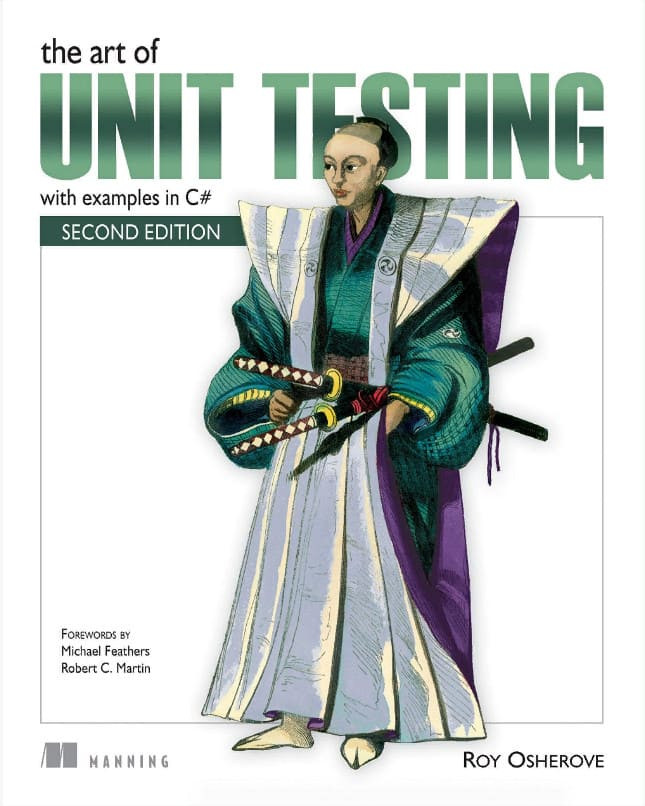
The first few months of the project were great. Things were going well, and we had tests that proved that our code worked. But as time went by, requirements changed. We were forced to change our code to fit those new requirements, and when we did, tests broke and had to be fixed.
The code still worked, but the tests we wrote were so brittle that any little change in our code broke them, even though the code was working fine. It became a daunting task to change code in a class or method because we also had to fix all the related unit tests.
Worse yet, some tests became unusable because the people who wrote them left the project and no one knew how to maintain the tests or what they were testing. The names we gave our unit testing methods weren’t clear enough, and we had tests relying on other tests. We ended up throwing out most of the tests less than six months into the project.
The project was a miserable failure because we let the tests we wrote do more harm than good. They took more time to maintain and understand than they saved us in the long run, so we stopped using them. I moved on to other projects, where we did a better job writing our unit tests, and we had some great successes using them, saving huge amounts of debugging and integration time. Since that first failed project, I’ve been compiling best practices for unit tests and using them on subsequent projects. I find a few more best practices with every project I work on.
Understanding how to write unit tests—and how to make them maintainable, readable, and trustworthy—is what this book is about, no matter what language or integrated development environment (IDE) you work with. This book covers the basics of writing a unit test, moves on to the basics of interaction testing, and introduces best practices for writing, managing, and maintaining unit tests in the real world.
Скачать книгу можно бесплатно по данной ссылке: Скачать










































0 Комментарии